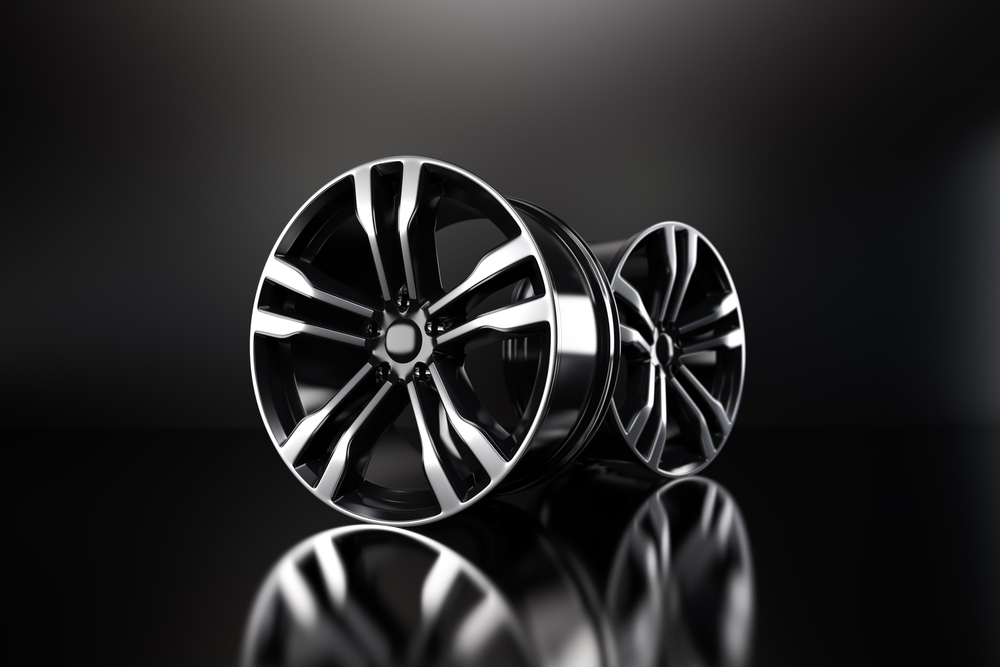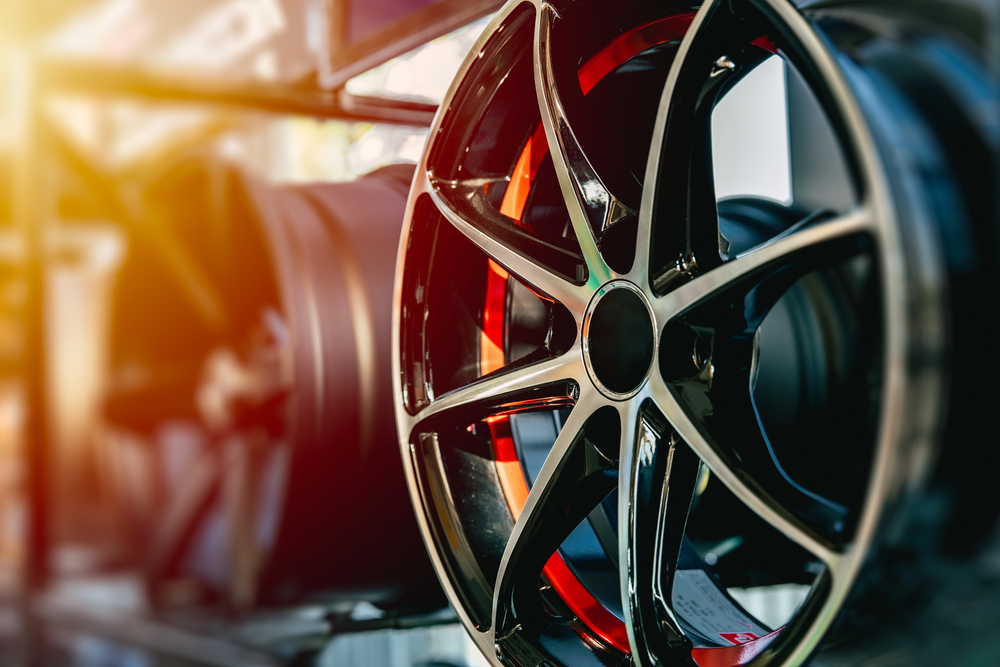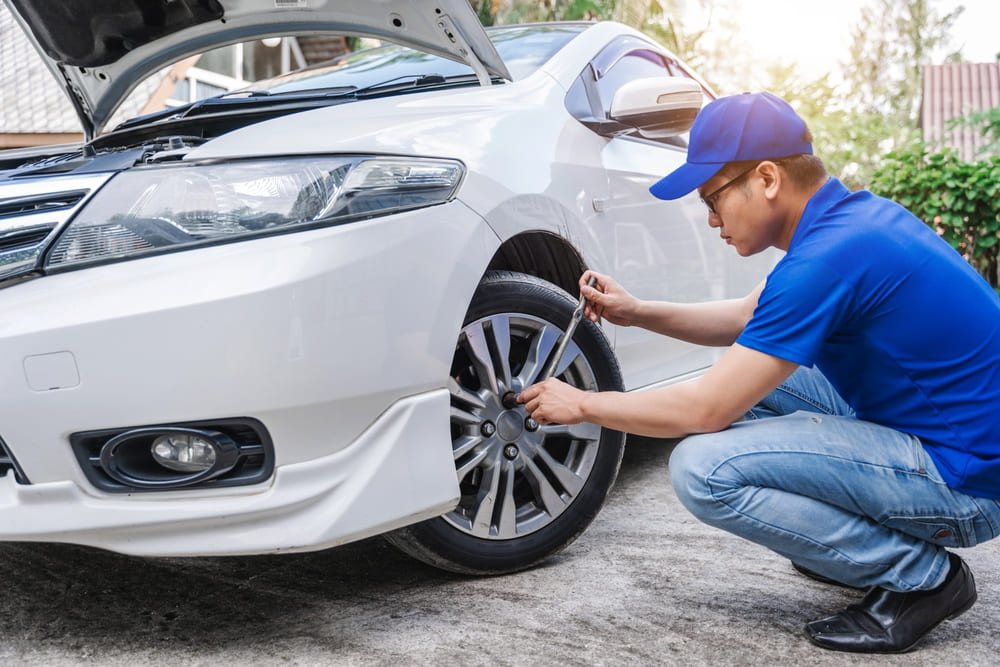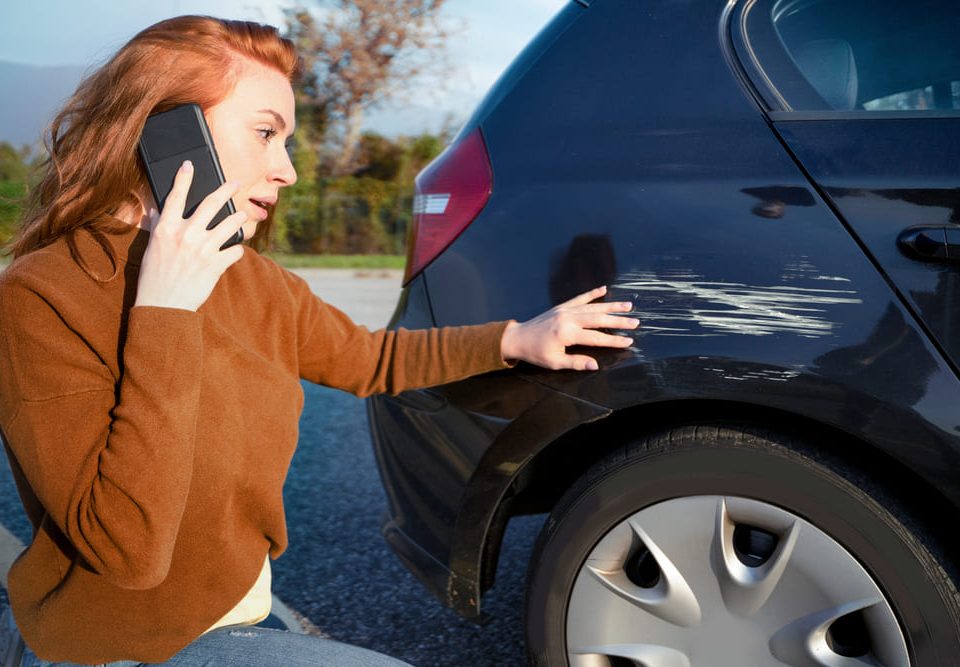
How to Keep Your Alloy Wheels in Great Condition
December 17, 2019
How to Repair Car Scratches Like a Pro
March 23, 2020Looking for how to repair alloy wheels? Repairing alloy wheels is essential for maintaining both the appearance and functionality of your vehicle’s wheels. Alloy wheels, prized for their lightweight and stylish design, are susceptible to various types of damage, such as scratches, scuffs, dents, and even cracks. Whether you’re dealing with minor cosmetic issues or more significant structural damage, knowing how to repair alloy wheels effectively can save you money on replacements and preserve the overall aesthetic and resale value of your car.
By understanding the methods required for repairing alloy wheels, you can address damage promptly and effectively. Mastering alloy wheel repair techniques ensures that your wheels not only look great but also perform optimally, enhancing both safety and visual appeal on the road. Don’t let wheel damage compromise your vehicle’s appearance and safety—take action today to restore and maintain your alloy wheels with confidence!
How to Repair Alloy Wheels

Repairing alloy wheels is essential for maintaining their appearance and functionality. Here’s a detailed step by step guidance on how alloy wheels can be repaired:
Initial Evaluation
Start by carefully examining the alloy wheel to identify the type and extent of damage. Common issues include scratches, scuffs, dents, and sometimes even cracks. Assessing the damage helps determine the appropriate repair method.
Gathering Tools and Materials
Collect the necessary tools and materials based on the type of repair needed. This typically includes sandpaper (of varying grits), filler (for deeper scratches and dents), primer, paint matched to the wheel’s original finish, and a clear coat for protection.
Cleaning the Wheel:
Thoroughly clean the damaged area and the surrounding wheel surface. Use a gentle cleaner to remove dirt, grease, and debris. A clean surface ensures better adhesion of repair materials and a smoother finish.
Preparing the Surface:
Use sandpaper to smooth out scratches and rough edges. For deeper damage, apply filler according to the manufacturer’s instructions. Once applied, sand the filler down until it is level with the rest of the wheel surface. This step is crucial for achieving a seamless repair.
Applying Primer and Paint:
Apply a suitable primer to the repaired area. Primer enhances adhesion and helps prevent corrosion. After the primer has dried, carefully apply several thin layers of paint that match the original colour of the alloy wheel. Allow each coat of paint to dry completely before applying the next one.
Applying Clear Coat:
Finish the repair process by applying a clear coat. The clear coat provides protection to the paint and adds a glossy finish. Apply multiple thin coats of clear coat, allowing sufficient drying time between each coat.
Final Inspection and Polishing:
Once the repair work is fully dried and cured, inspect the repaired area closely. Ensure that the repaired section blends seamlessly with the rest of the wheel surface in terms of colour and texture. Use a polishing compound to gently polish the entire wheel surface to achieve a uniform shine.
Related: Top 5 Tips for Cost-Effective Mobile Alloy Wheel Repair
Factors to be Considered While Repairing Alloy Wheels

The following are several key considerations on how to repair alloy wheels to ensure a successful and durable repair:
Type and Extent of Damage:
Assess the type and severity of damage (scratches, scuffs, dents, cracks) to determine the appropriate repair method and materials needed.
Skill and Experience:
Evaluate your own skill level and experience with automotive repairs. More complex repairs may require professional expertise to achieve optimal results.
Tools and Materials:
Gather all necessary tools and materials, including sandpaper, filler, primer, paint matched to the wheel’s finish, clear coat, and polishing compound. Using high-quality materials ensures a lasting repair.
Surface Preparation Tactics:
Properly clean and prepare the damaged area and surrounding wheel surface. Remove dirt, grease, and debris to ensure good adhesion of repair materials.
Colour Matching:
Use paint that matches the original colour of the alloy wheel. Ensure the primer, paint, and clear coat are compatible and applied evenly to achieve a seamless finish.
Application Technique:
Follow manufacturer instructions for applying filler, primer, paint, and clear coat. Apply in thin, even layers and allow sufficient drying or curing time between coats.
Safety Precautions:
Work in a well-ventilated area and wear appropriate safety gear, including gloves and a respirator if working with chemicals like paint and primer.
Environmental Conditions:
Consider temperature and humidity levels. Ideal conditions can vary depending on the products used; follow recommendations for optimal application and drying.
Final Inspection and Testing:
After completing repairs, inspect the wheel thoroughly. Ensure the repaired area blends seamlessly with the rest of the wheel. Test the wheel’s integrity and finish with a final polish if necessary.
Professional Assistance:
For extensive damage or if unsure about DIY repairs, consider consulting a professional alloy wheel repair service. They have the expertise and equipment to handle complex repairs effectively.
By carefully considering these factors, you can effectively repair alloy wheels and restore their appearance and performance, ensuring they remain safe and aesthetically pleasing on your vehicle.
Related: How to Keep Your Alloy Wheels in Great Condition
Important Safety Tips for Alloy Wheel Repair

Here are some safety tips on how to repair alloy wheels;
Eye Protection:
Wear safety goggles to protect against debris and particles during sanding and cleaning.
Hand Protection:
Use gloves to shield your hands from chemicals and sharp edges.
Respiratory Protection:
Use a mask or respirator when working with paints and solvents in poorly ventilated areas.
Stable Work Surface:
Ensure the wheel is on a stable surface to prevent accidents.
Follow Instructions:
Adhere strictly to product instructions for safe handling of chemicals and tools.
Fire Safety:
Keep flammable materials away from heat sources.
The Bottom Line
How do you repair alloy wheels? The technique does matter. Repairing alloy wheels is essential for maintaining your vehicle’s appearance and performance. Whether you opt for DIY methods or professional assistance from Scuff Docs, ensuring the integrity of your wheels is crucial for road safety. Professional services guarantee expert repairs using specialised techniques, ensuring a flawless finish and optimal functionality. Contact Scuff Doc today for professional alloy wheel repairs that enhance both aesthetics and safety.




